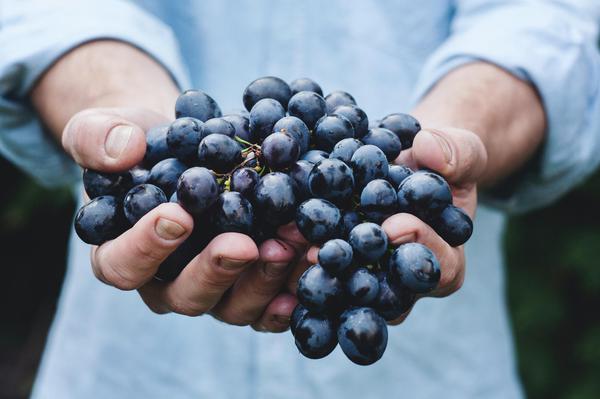In this article, we will explore the wine regions of Georgia, which are considered the birthplace of wine. Georgia's unique winemaking traditions have been recognized by UNESCO as an intangible cultural heritage. We will delve into the different wine regions, grape varieties, and winemaking techniques that have made Georgian wine so special. Whether you're a wine enthusiast or simply interested in learning more about Georgian culture and history, this guide will provide a comprehensive overview of the country's vibrant wine scene.
Kakheti Region
The Kakheti region is the largest and most well-known wine-producing region in Georgia, boasting a long history of winemaking. The region is home to a variety of grape varieties, including Saperavi, Rkatsiteli, and Kisi, which are used to produce a range of red, white, and orange wines. The wineries in Kakheti are known for using traditional winemaking methods, such as fermenting the wine in clay vessels called qvevri. Some of the most famous wine villages in Kakheti include Telavi, the administrative center of the region, and Sighnaghi, a charming hilltop town known for its picturesque streets and wine bars.
Kartli Region
The Kartli region has a long and significant history in Georgia's winemaking industry. One of the unique winemaking methods used in Kartli is the use of kvevris - large clay vessels buried underground - to ferment and store wine. The main grape varieties grown in Kartli include Rkatsiteli and Mtsvane, which are used to produce white wines with a crisp, acidic taste. Red wines are also produced in Kartli using the Saperavi grape, which has a bold and robust flavor. Notable wine villages in the Kartli region include Saguramo and Mukhrani.
Imereti Region
The Imereti region in western Georgia is known for its unique winemaking methods. The locals still use traditional techniques like fermenting grape skins and stems to produce distinctive flavors. The main grape varieties grown in Imereti include Tsitska and Tsolikouri, which are used to make dry white wines. Additionally, the region is known for its semi-sweet red wines made from the Alexandrouli grape.
Racha Region
Racha is a small but important wine region located in northwestern Georgia. The region is known for its unique grape varieties, including the rare Aleksandrouli grape, and produces a variety of wines including the popular Khvanchkara semi-sweet red wine. The wine-making methods in Racha have remained largely unchanged for centuries and are deeply rooted in the region's history and culture.
Adjara Region
Located on Georgia's Black Sea coast, the Adjara region is an emerging player in the country's wine industry. While the region may be relatively small compared to other wine-producing areas, it boasts several unique grape varieties that are used to produce a range of flavorful wines. Visitors to Adjara can experience the region's wine culture through tastings, vineyard tours, and visits to local wineries. In addition to wine, the region is known for its beautiful coastline, subtropical climate, and rich cultural heritage, making it a great destination for tourists seeking a mix of relaxation and adventure.
Conclusion
In conclusion, this article has explored the diverse wine regions of Georgia, from the traditional winemaking methods in Kartli to the emerging wine tourism industry in Adjara. We have discussed the main grape varieties grown in each region and the types of wines produced. Georgia's history as the cradle of wine is evident in the unique winemaking techniques still in use today. As Georgian wine continues to gain recognition on the world stage, the country's reputation as a must-visit wine tourism destination will only continue to grow.


 Supra Sensations
Supra Sensations
 Georgia's 29 Wine Appellations
Georgia's 29 Wine Appellations
 Kakheti Wine Region
Kakheti Wine Region
 Kartli Wine Region
Kartli Wine Region
 Imereti Wine Region
Imereti Wine Region
 Racha Wine Region
Racha Wine Region
 Adjara Wine Region
Adjara Wine Region
 Samegrelo Wine Region
Samegrelo Wine Region
 Georgian Wine Culture
Georgian Wine Culture
 Georgian Wine in Rituals
Georgian Wine in Rituals
 Georgian Wine in Folklore
Georgian Wine in Folklore
 Georgian Toasting in Wine Culture
Georgian Toasting in Wine Culture













